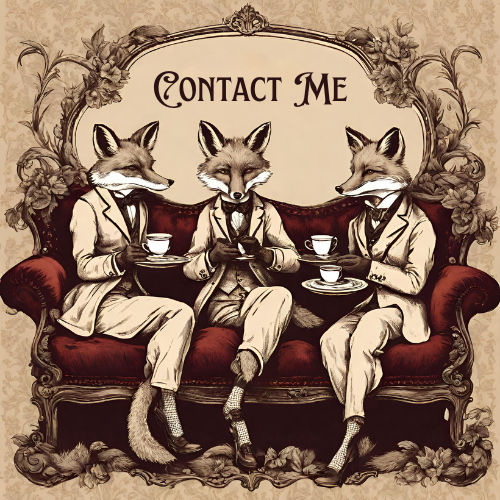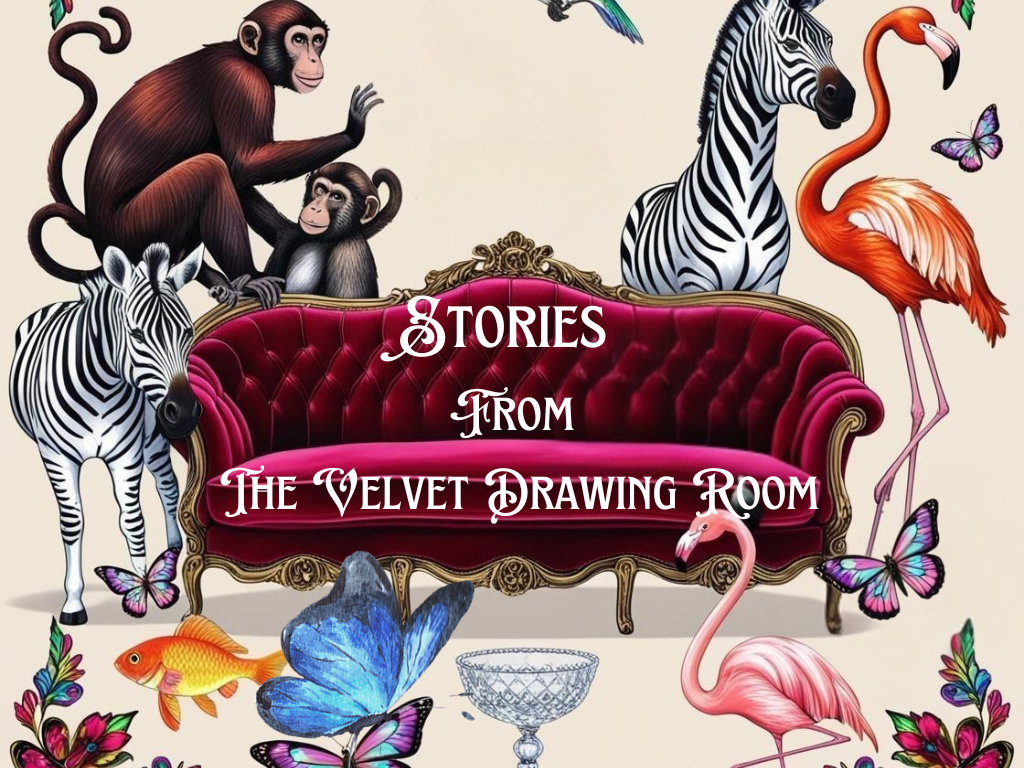Joseph Robert Burton
Victorian Taxidermist
1842 – 1909
Employees of the Dominion Museum, Wellington, New Zealand in about 1881 with a mounted Whale Skeleton.
Joseph Robert Burton, son of Henry J Burton, is seated on the ground, bottom right
Joseph Robert Burton, Taxidermist & Furrier, was the second born son of Henry J Burton the well-known London Naturalist.
He became the Taxidermist at the British colonial Dominion Museum of Wellington, New Zealand from about 1878.
He later lived in Dunedin, Otago, New Zealand. He died in 1909 and is buried in Melbourne, Australia.
As far as I know, there are no remaining examples of the work of Joseph Robert Burton and since he worked within his father’s business it’s unlikely that they could be individually identified.
He was trained by his father Henry J Burton in London in the 1860s-1870s and managed to get a fairly high profile job in the British colony of New Zealand at the end of the 1870s, so one must assume that he was reasonably competent.
His brother, Charles Burton, was esteemed and had been recommended by leading naturalist of the Victorian era, Edward Gerrard, and by the office of Queen Victoria, for the position that he took up as taxidermist at the Museum of Victoria in the British colony of Australia in the 1880s.
His brother, Walton Burton FZS, was even more highly esteemed as a London based Naturalist and Entomologist.
So, with this background, he looked set for success, but there was something amiss about Joseph Robert Burton….
Joseph Robert Burton
“The problem child”
The training ship “The Fisgard” at Woolwich (painting about 1877)
Joseph Robert Burton seems to have been what you’d call “a problem child”. I am lucky enough to have found some of the direct descendents of the Victorian Burtons who gave an insight into his character.
Joseph Robert Burton (1842-1909) was described in his application for entry into the British Navy as “5’7” tall, with brown hair, hazel eyes and a fair complexion, with a scar on his left hand”.
Age 17yrs in 1859 he was allocated to the ship called HMS Fisgard, a 46 gun frigate and the Commodore’s guardship at Woolwich, which was also used to train engineers. It served as the headquarters of the reserve force known as Royal Naval Coast Volunteers (RNCV)
In 1860 Joseph Robert Burton signed up for a further 10 years’ service, but the service was in the context of being a volunteer in return for learning a trade, since the RNCV was a volunteer, back up force.
At that time the RNCV had a geographical limit on how far away the volunteers could be posted, so its not likely that he sailed the world with the Navy; it’s more likely that he was stationed never very far from home in London.
1878 Emigration to New Zealand
A Victorian Wedding
At the age of 27yrs he first married Elizabeth Bough in London in 1869. They had three children, William, Rosa and Elizabeth.
The couple are listed on the census of 1871 living in Marylebone and Joseph Robert’s occupation is “Taxidermist & Furrier”.
His father’s firm Henry J Burton & Son started in Hampstead, moved to Marylebone, and from 1868 to Wardour Street, and Joseph Robert had been working with his father and brothers, Charles and Walter in the family business at the Marylebone location.
Tragically, Joseph Robert’s wife, Elizabeth, died in 1874 in childbirth in Windsor, England, and Joseph was left a widower. Without their own mother to nurture them, his children William, Rosa and Elizabeth were sent to live with relatives in England.
This is where the story starts its twists and turns and it becomes even more sad.
About four years after his wife had died, in about 1878, Joseph Robert Burton left England – without his children – and arrived in Wellington, New Zealand where he went to work as a taxidermist for the new colonial Dominion Museum.
However, he didn’t arrive in New Zealand alone. He was accompanied by his soon to be wife, Elizabeth Ann Marshall (b. 1860 d. 1904).
1878 -1886
Letter from Sir James Hector, Director of the Wellington Museum, terminating the employment of Joseph Robert Burton (Te Papa)
As the Taxidermist at the Dominion Museum of Wellington, his job involved working with sealers and collecting birds at Macquarie Island. He undertook a 6 month scientific expedition, alone except for the company of his dog, to stay on Macquarie Island in 1897.
As a result of that expedition he presented birds to the Museum of Victoria which were prepared and made into a display there by his brother, Charles Burton.
By 1881 Joseph Robert Burton and Elizabeth Ann Marshall had a son of their own, Frederick, and three years later in June 1884 they were married in Wellington.
In the same year of 1884 he sent for his children from his first marriage to come to Wellington, but only two came. Elizabeth and William arrived on a ship but Rosa was not with them, preferring to stay with her aunt in Rutland.
Things look like they were ok for a couple of years and Joseph Robert continued to work at the Dominion Museum while Elizabeth took care of the three children.
However, in 1886 he was dismissed from his job as Taxidermist by the Director of the Museum Sir James Hector “on account of his conduct.”
So Joseph Robert is in disgrace, but this doesn’t appear to be the first time that things have gone wrong for him.
A Victorian Remittance Man

New Zealand Times 1889
A member of the Burton family, herself living in New Zealand, revealed that it had always been understood that Joseph Robert had arrived in New Zealand in 1878 as a “Remittance Man”.
This term was first referenced in 1874 in Victorian England and it referred to emigrants often from Britain who had been sent to a British colony, who were supported by regular payments from home on the expectation that they would stay away from their family in Britain due to some embarrassment or other.
It is at this point researching the story that the penny starts to drop. Joseph Robert’s conduct had been and continued to be a problem.
Then I discovered a news clipping from 1889 that shows court action against him. The amount of money was £24 (£4,000 in today’s money) and related to a “bailment” which refers to goods or chattels hired or borrowed and a deposit paid.
However, he isn’t the only member of the Burton firm to have had money troubles because his brother, Charles, the taxidermist at the Museum of Victoria in Melbourne, was also declared insolvent in 1899 although he went on to successfully mend his finances.
Journey of 1,000 kms
Wellington to Dunedin

So, after losing his job in Wellington, he had moved to Dunedin, Otago and arrived in about 1889. Dunedin is 1,000 km from Wellington.
Why did he move to Dunedin, I wondered? It’s possibly because Dunedin calls itself the wildlife capital of New Zealand. Its waters are home to fur seals, dolphins, and even sea lions. There are also loads of sea birds native to the area including albatross and shags, and rare yellow-eyed penguins. Maybe Joseph Robert had plans to work as a naturalist there.
So his wife Elizabeth went with him to Dunedin, and in 1893 their second son, Joseph Walter, was born. The census shows them at McBride Street between 1893-1897. Joseph is listed as having the occupation of “labourer”, so it doesn’t appear that he successfully worked as a taxidermist there.
Then something strange happens.
We see a letter dated 1897 to Sir James Hector, the Director of the Museum in Wellington from William Henry Burton, the son born in 1874 in England. The same son who had never known his mother, and who had been left behind in England and who joined his father in 1884 in New Zealand.
The letter asks if anyone at the museum knows the whereabouts of his father.
At this point my heart breaks. The father has disappeared and he has once again let down his children.
Research now shows that Joseph Robert had gone off on a six month expedition to Macquarie Island to study birds. Why didn’t his family know where he was?
It’s possible later that Joseph Robert has also left his 2nd wife, Elizabeth, because the census of 1902 reveals that she is living with their son Frederick at Cargill Street. Joseph Robert is unlisted. Elizabeth Ann Marshall died in Dunedin in 1904.
Did he leave both families? Did he leave his children, William and Elizabeth, behind again, this time in Wellington? Whatever the truth, it’s a sad story.
Joseph Robert Burton did not work as a taxidermist after he was dismissed from the museum in Wellington.
In 1909 at the age of 68yrs he went to Melbourne to visit his brother, Charles who had become the Taxidermist at the Museum of Victoria.
However, he never returned to New Zealand because he died of pneumonia.
He is buried in Melbourne in a grave alongside his brother Charles’ wife.
Map: Auckland Libraries Heritage Collections Map 6066
Discover more from thevelvetdrawingroom.co.uk
Subscribe to get the latest posts sent to your email.




















